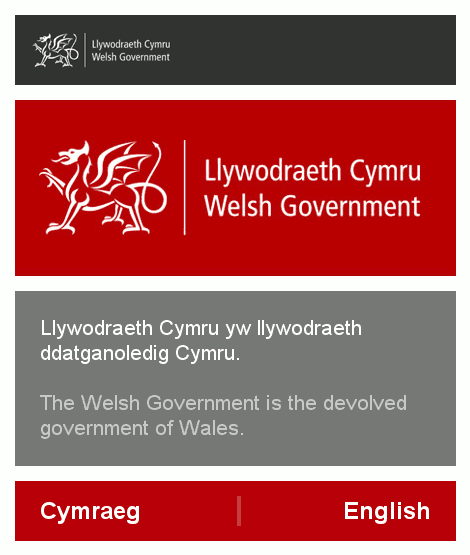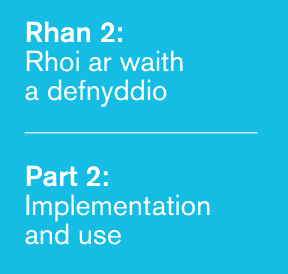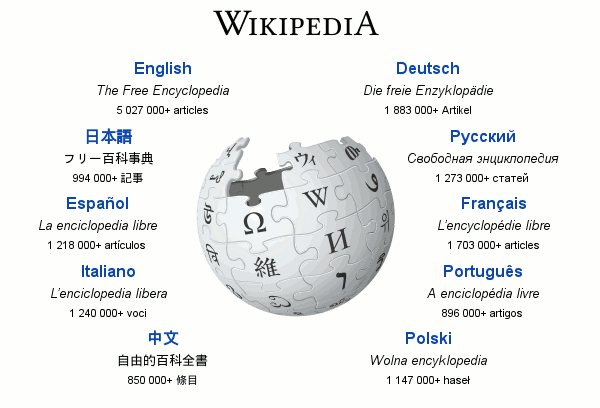Published
Driving interested, targeted, traffic to a website can be both difficult and rewarding.
Websites providing content to customers or visitors from more than one region, or speaking more than one language, will face some unique challenges in delivering the best possible end-user experience while still remaining discoverable through search and social media.
Examples of Bilingual, Multilingual or Multiregional Content
In cases where two languages are treated on the basis of equality, content is usually gated behind a “splash screen” displaying both languages.

The Welsh Government website displays a fully bilingual splash page to first-time visitors. Each option leads to a fully-localised version of the website.
Occasionally, bilingual content appears side-by-side. At least one major Welsh political party structures their website this way.

The Welsh Language Comissioner produces some side-by-side bilingual content.
In the case of massively multilingual websites, the home page is called a “language funnel”.

Wikipedia is a massively multilingual online encyclopedia. The content is divided into subdomains by language, though not by region.

This website for a multinational sports brand separates content by regions, and then again by language. They offer their Belgium regional website, for example, in four different languages.
Social Factors and Challenges
Support for languages, including minority languages, and how prominently this factors into a website's design, may be a uniquely specific decision.
In the case of business, visible support for regional and minority languages can lead to increased market penetration, positive brand perception, and customer and employee satisfaction. This is especially true in the hospitality, tourism and catering sectors.
But there may be important legal obligations to consider. For example,
in Quebec, the French language must generally be
markedly predominant
.
But in the Welsh public sector, so
far as is reasonably practicable, the Welsh and English languages are
to be treated on the basis of equality
.
It is also true that producing multilingual or multi-regional content does come with financial cost and introduces organisational complexity around scheduling and managing content. There can also be considerable organisational inertia preventing migration from legacy content management software.
Technical Support for Localised Content
There are well defined web standards for describing the intended audience and language of documents as a whole as well as individual elements within a document.
These standards include the lang and hreflang HTML attributes, the Content-Language HTTP header (avoid using http-equiv here), and using the rel="canonical" attribute for link elements where there is one authoritative translation. Search engine webmaster tools may also provide more options, like geotargeting.
Specifically, the Content-Language HTTP header is able to specify multiple languages (comma separated) in cases where your “intended audience speaks more than one language”.
Unfortunately, Google currently ignores lang attributes, and recommends “avoiding side-by-side translations”. It is not clear if Bing's support for localised content is only document-wide, or extends as far as individual elements.
This lack of support for single-page bilingual content, given very mature web standards to structure this content, is actually unacceptable. But it would be backwards to make a decision about language based only on current support from search engines.
Part of Search Engine Optimisation (SEO) is creating high quality content and making it as easy as possible for people to find it on a search engine. But it is the job of search engines to make sure they are indexing that content properly. Authors of bilingual or multilingual content must be brave enough to lead and demand that search engines follow.
There are many open questions, such as how would you best structure bilingual schema.org breadcrumb navigation? An expert in bilingual SEO and web design would have the experience to confidently experiment towards an ideal outcome.
(Ad) Shop: digital marketing books
Tawesoft may recieve a commission for recommending this link find out more
If you found this article useful, let us know! Join the conversation on Twitter with @tawesoft
